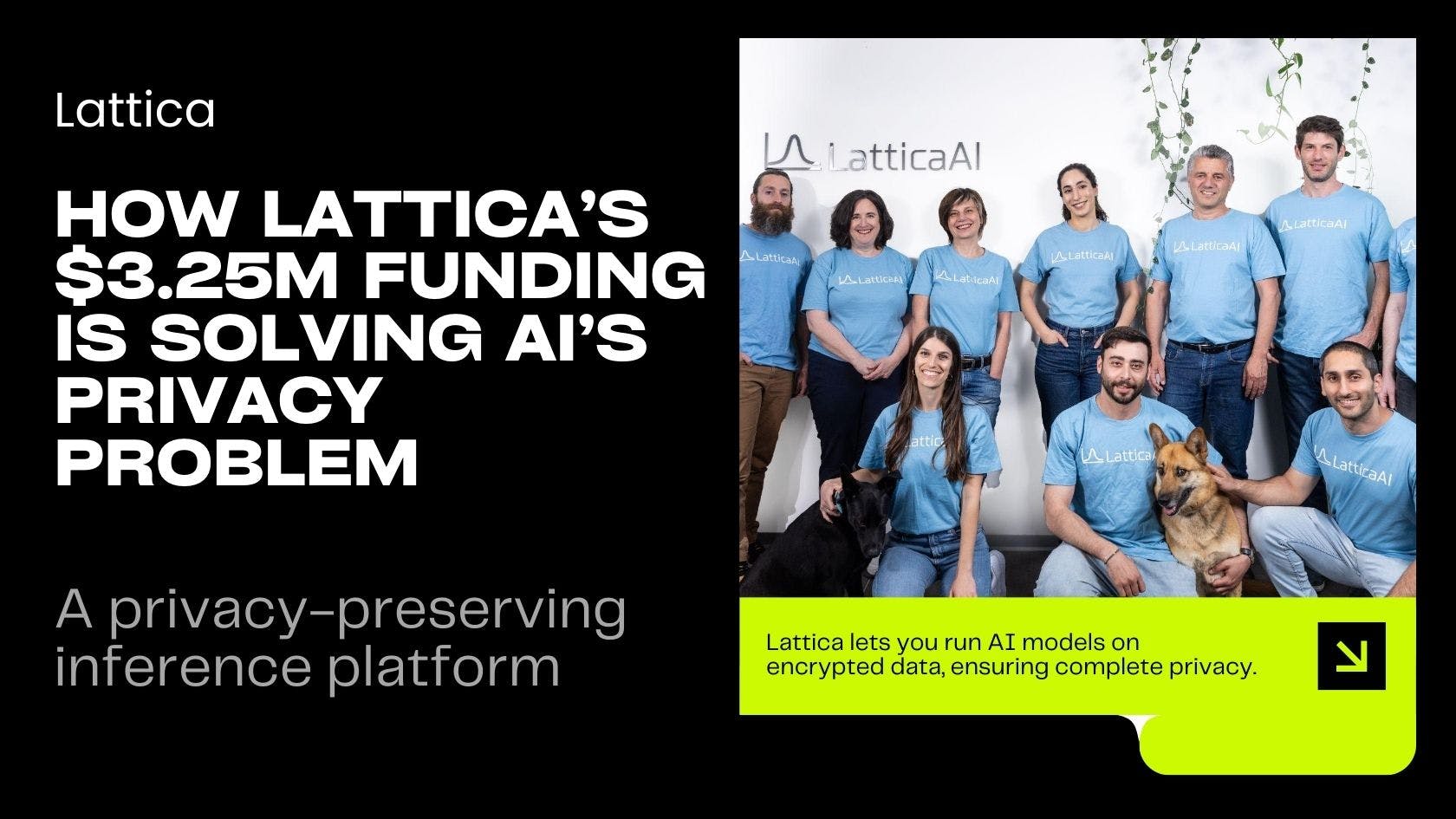In this podcast, we talk to Quantum CEO Jamie Lerner about the company’s plans as it orients from a historical legacy in tape storage to flash and disk for artificial intelligence (AI), extreme capacity and very long retention periods, all in the context of a commercially challenging few years.
You’d only just need two hands to count Quantum’s profitable quarters in the past decade or so, but Lerner is upbeat. He talks about how the company’s experience in media and entertainment, as well as scientific data that brings a well of expertise that fits the AI era.
Lerner also talks about Quantum’s Myriad storage platform, written anew and built on containers, with rich metadata management capabilities, and its place in the company’s end-to-end data storage offer that makes it eminently equipped for storage in a world facing that challenges of AI.
Historically, Quantum made its name in tape, which provides huge amounts of capacity, but is often slow to access data. We’re now in the age of AI, so speed of access to data usually needs to be very rapid. How can Quantum reorient to that world?
It’s funny that you mention our tape legacy and reorienting to high-speed systems and high-speed file systems, because when Quantum acquired its tape assets from ADIC 20-something years ago, it also acquired one of the world’s fastest file systems, the StorNext file system. And as long as we’ve been doing tape for backup and archives, we’ve also been handling the world’s fastest scientific, supercomputing, and media and entertainment workloads with StorNext.
Now, over those years, we’ve learned a lot about handling extremely large and extremely high-speed, unstructured data workloads, particularly in media and entertainment, where the amount of data tends to be drastically larger than what you’d see in an enterprise prior to the AI world. The speed at which you need to access that data, edit that data, manipulate that data for making a movie or making television or sports, is, again, drastically faster than what you’d see in the enterprise.
And they have a different data retention requirement in the media and entertainment, with groups such as the NFL, ESPN and Disney keeping every single piece of data forever – there is no throwing out of data after a period of time, they keep everything.
They’ve been closer to what you see in AI for the past 20 years than anyone. And that’s predominantly what Quantum’s been doing. So, I’d say we’ve got more experience dealing with high-speed parallel file systems, very large archiving, than most anyone in the space. We may be known to some for being a tape company, but our customers know us as a very high-speed, unstructured data company.
What we have seen from Quantum in recent times is something of a reorientation towards flash storage. So, why would customers choose Quantum when so many storage suppliers already have mature offers based around flash?
Many of our enterprise competitors have gotten really good at building special purpose storage that I would call storage islands. In the enterprise, typically, data begins and ends its life in a storage system.
For most of our customers, their data moves constantly through working zones, archival zones and different stages of its life, which is more like what you see in AI, where you tend to have a high-speed working area. Then you might have staging areas where data is being prepared, organised and catalogued.
And then you might have an archival area where you keep everything which looks a bit more like a movie-making studio. What Quantum has built is a series of storage products where data flows between these zones.
We don’t have storage islands. So, for example, we have two high-speed systems, Stornext and Myriad, where data is worked on, and they’re all-flash in how they’re made. They can tier to disk or to cloud, but they’re typically all-flash working zones.
Then when you’re working on data, you typically need to protect it, back it up and make sure that you save your work. You may do that every five or 10 minutes or every night. We have a combination of software such as snapshots, high-speed secure snapshots, and all-flash backup systems, which we came out with well before groups such as Dell or many companies that don’t even have all-flash backup systems.
We can take our high-speed working areas, and we can do all-flash snapshots, all-flash full backups, incremental backups onto an all-flash system to protect your work. And then we even have all-flash archives. You can go to an object system that is all-flash, flash and disk, flash disk and tape, or flash disk, tape and cloud.
With our ability to tier, our ability to move data across these zones, we can provide an end-to-end storage answer with no storage islands. It’s just a working area allowing you to move across working zones in a very fluid way that data flows naturally. Most of the customers that choose to work with us understand we’re more oriented to this type of workflow-based storage system than a series of enterprise storage islands.
Can you sum up what your roadmap is in terms of the near-to-medium future for Quantum?
There are two areas we’ve been putting a lot of energy. The first is to extremely high-speed parallel file systems with our investments in Myriad. It’s the first file system built cloud-native. The file system is built inside containers – built inside Kubernetes. And it’s doing native RDMA connectivity from inside a Kubernetes container, which no one has done. It’s a fully parallel file system with a parallel agent.
And it has your enterprise data services, snapshots, clones, compression, de-dupe – features of that kind. But our roadmap has a set of data services that are just unlike most file systems anyone’s ever seen in that it contains integrated metadata. So, you’re not just storing your files, but you’re storing data about your files. So, for example: I have a file, but the file is actually an X-ray image of a femur from a female who’s 65 years old and has osteoporosis.
That rich metadata dictionary that’s integrated into the file system is not something you typically see. And then the ability to take products like [Apache] Iceberg and run queries against that metadata to start carving out the file system to say, ‘Give me all X-ray images of osteoporosis patients.’ You can’t perform queries like that against typical file systems.
Not only that, we’re building a global file system. You could have Myriad and StorNext distributed around the world, including data on multiple clouds, yet it appears to you as a single mounted file system where you can’t tell if it’s the data on the cloud, [or] is the data in a remote location.
Then we allow people to work on files in only partial pieces of the file. So even though that file might be on the cloud, it’s going to perform and behave like it’s on your laptop. Again, those are features you don’t typically see in something you would buy from IBM, HP, Dell, Hitachi, and so on.
Those are just not what you see in an enterprise file system. And that ability to still have that parallel client with unmatched performance, the ability to cache files and do file sharing across the cloud and across locations, makes for a very unique file system.
I think most people know us for also building the world’s largest archives, including for the biggest cloud vendors in the world. We’ve built a cloud archive that’s over 50 exabytes, thousands of 18 wheelers of equipment. No other storage vendor has done that. So not only are we building the world’s fastest file systems, we’re building the world’s largest 100-year, 200-year, 300-year archives at exabyte scale that are full S3 compliant, full object stores.
And those object stores can be all-flash, but they can also be cold storage and allow you to build forever archives. Very few enterprises have had to build forever archives until AI. Now that AI is here, organisations realise that every single piece of data can be mined for insight.
There’s learnings inside that data. Most organisations haven’t figured out how to extract those learnings yet, but they have figured out that they’re going to need every single bit of data they have in the future and they’re building these forever archives.
Quantum’s the only company that has this kind of experience in building a forever archive and allow you to do it economically, to figure out some of the data will be flash. That’s true. But much of the data will be cold, maybe kept for five, 10, 20 years before it’s analysed, but it needs to be kept and curated.
When you combine extremely high-speed parallel file systems for unstructured data with forever archives, Quantum becomes a unique company, because I don’t think traditional enterprise vendors have either of those technologies.
Quantum’s recent history hasn’t seen a great deal in terms of profitability. Can you complete a turnaround or a reorientation of the company before it’s too late?
Quantum has been around for 45 years and it isn’t going anywhere. What you’re pointing towards is a commitment by this company, its executive team and its investors to invest in the world’s finest technology. Quantum has an incredible legacy of innovation.
We invented variable-length deduplication. We’ve invented so many different technologies in and around tape, in and around parallel file systems. And we’re not stopping that. We are committed to build the most modern, the most innovative storage portfolio. And that’s required a big investment [that] has pushed the company out of profitability.
That’s something we’ve decided to do. That we want to have the most innovative file system, parallel file systems, object storage, all-flash backup. And to do that, we’ve had to put a lot of engineering investment into the company. That’s pushed us out of profitability. But we know that we can, at any point in time, do some cost cutting to be more profitable. We can reorganise some of our debt to be more profitable.
We’re doing those things. But really what you’re alluding to is a commitment by our company and our investors to lead in technology first. We know profits will come later.
But we know that to be profitable for the long term, you have to have the latest in innovations and you have to be making the best and most thoughtful investments. We’re making those investments – and we know that’ll pay off for us in the future.
But right now with the rate of innovation in and around AI, in and around movie and television making, huge changes inside the IT infrastructure, we just feel this is a time for Quantum to be investing versus penny pinching.







